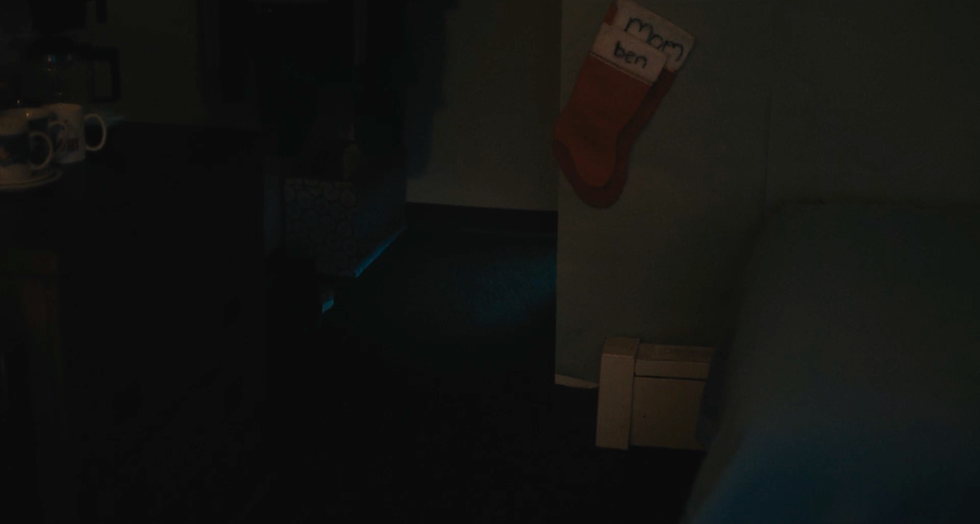Costume & Production
Designer
1990s Period Film, Retro Motel Set










1990s Period Film, Motel Room Set Design










Work In Progress


After
Location Before
1990s Period Film, Laundry Room Set Design





1990s Period Film, Family's Motel Room
Set Design







After

Location Before




After
Location Before
1990s Period Film, Motel Office Set Design









Location Before

After









Credits
Thriller, Period Drama, Family Drama Non-Union Indie Short Film
Feat. @Zoe Zien, @Mara Kassin, @Jed Peterson, @Andrew Chan-Possemato
Director @Max Clark
Producer @Lucas Acher
Cinematographer @Adam Zhao
Production & Costume Designer @Kelsey Hannah Walsh
Prop Master @Ben Campbell
Amidst the possible reappearance of her abusive ex-husband, a motel housekeeper struggles to find her missing son.
In this indie thriller set in the 1990s, the dual role of Production Designer and Costume Designer was essential in crafting a cohesive world for the film. The design captured both the time period and the film's intense psychological tone. A curated color palette combines a dated 1960s building with worn 1990s costumes. Strategic, practical lighting plays a vital part in establishing the anxious intensity and darkness of the script. The lived-in motel room shared by mother and son was honest to the trying circumstances, but was also tidy, soulful, and filled with sparks of joy, including a handmade kid's fort and holiday decorations. These details in the set design show the uplifting nature of the mother and her effort to maintain a sense of normalcy and safety. The guest rooms they cleaned were layered with vintage wallpaper by the Art Department, which helped establish an outdated atmosphere and added visual interest and beauty to a hopeful scene. The laundry room set was designed as a place of refuge for the housekeepers, creating a moment of comfort and solidarity. The use of warm colors and layered vintage textures—faded linoleum, mismatched chairs, retro appliances, and accumulated stuff softened by time—created a cocoon-like atmosphere.
As the mother searches for her missing son, the visual language shifts to reflect tension and dread with scenic distressing, window fogging, and embedded details such as a necklace and ring for her to nervously fidget with. Linear shape repetition provides a metaphor and emotional undercurrent of a woman trapped in her circumstances. The motel office grounded the socioeconomic reality, showing years of clutter and disrepair with vertical blinds casting ominous shadows. Ultimately, having one person as both the Production Designer and Costume Designer ensured a unified tone and visual coherence. The sets and costumes deepened the character development, reinforced the stakes, and conveyed the film's themes of fear, resilience, and maternal determination. Shadow was shot on location in Bayonne, New Jersey, just outside of New York City. The movie had significant constraints with a tight timeline, low budget, and a small but dedicated Art Department. Shadow proudly premiered at the Palm Springs International Film Festival.

